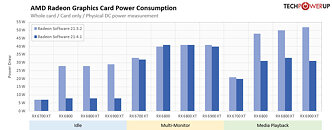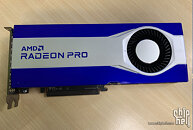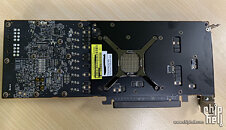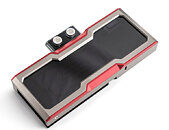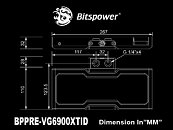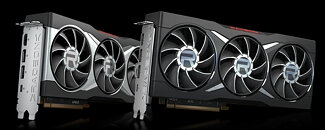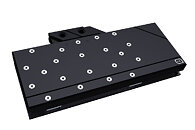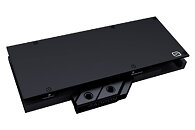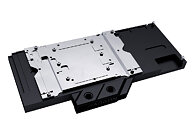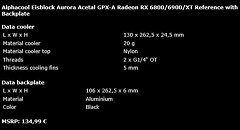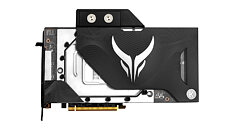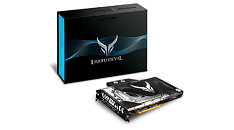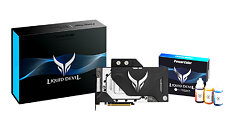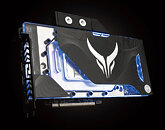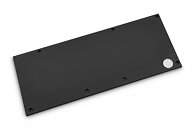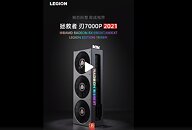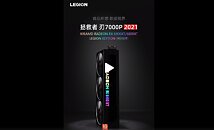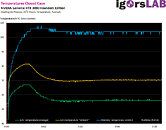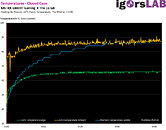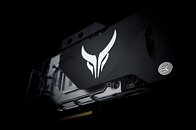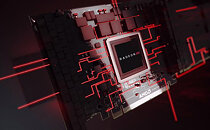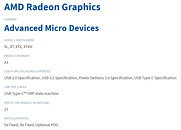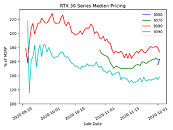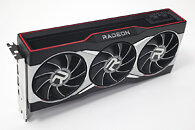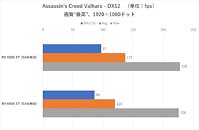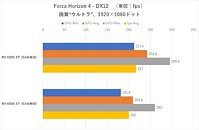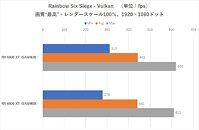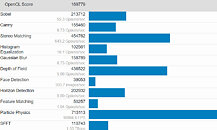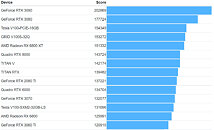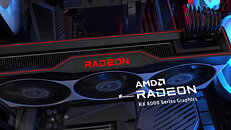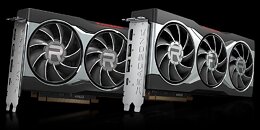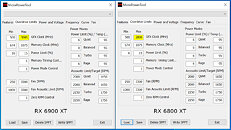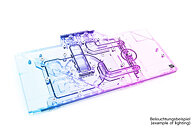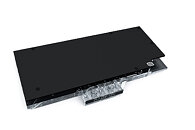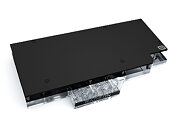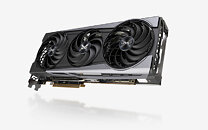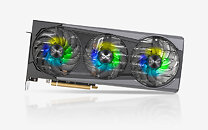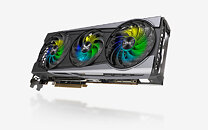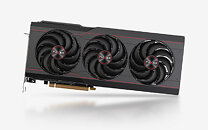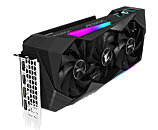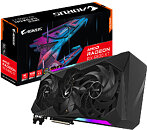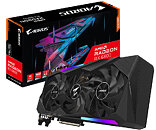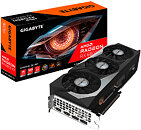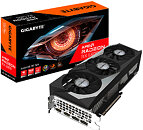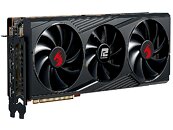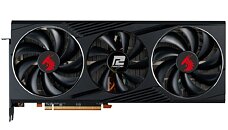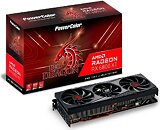
What AMD Didn't Tell Us: 21.4.1 Drivers Improve Non-Gaming Power Consumption By Up To 72%
AMD's recently released Radeon Software Adrenalin 21.4.1 WHQL drivers lower non-gaming power consumption, our testing finds. AMD did not mention these reductions in the changelog of its new driver release. We did a round of testing, comparing the previous 21.3.2 drivers, with 21.4.1, using Radeon RX 6000 series SKUs, namely the RX 6700 XT, RX 6800, RX 6800 XT, and RX 6900 XT. Our results show significant power-consumption improvements in certain non-gaming scenarios, such as system idle and media playback.
The Radeon RX 6700 XT shows no idle power draw reduction; but the RX 6800, RX 6800 XT, and RX 6900 XT posted big drops in idle power consumption, at 1440p, going down from 25 W to 5 W (down by about 72%). There are no changes with multi-monitor. Media playback power draw sees up to 30% lower power consumption for the RX 6800, RX 6800 XT, and RX 6900 XT. This is a huge improvement for builders of media PC systems, as not only power is affected, but heat and noise, too.
The Radeon RX 6700 XT shows no idle power draw reduction; but the RX 6800, RX 6800 XT, and RX 6900 XT posted big drops in idle power consumption, at 1440p, going down from 25 W to 5 W (down by about 72%). There are no changes with multi-monitor. Media playback power draw sees up to 30% lower power consumption for the RX 6800, RX 6800 XT, and RX 6900 XT. This is a huge improvement for builders of media PC systems, as not only power is affected, but heat and noise, too.
